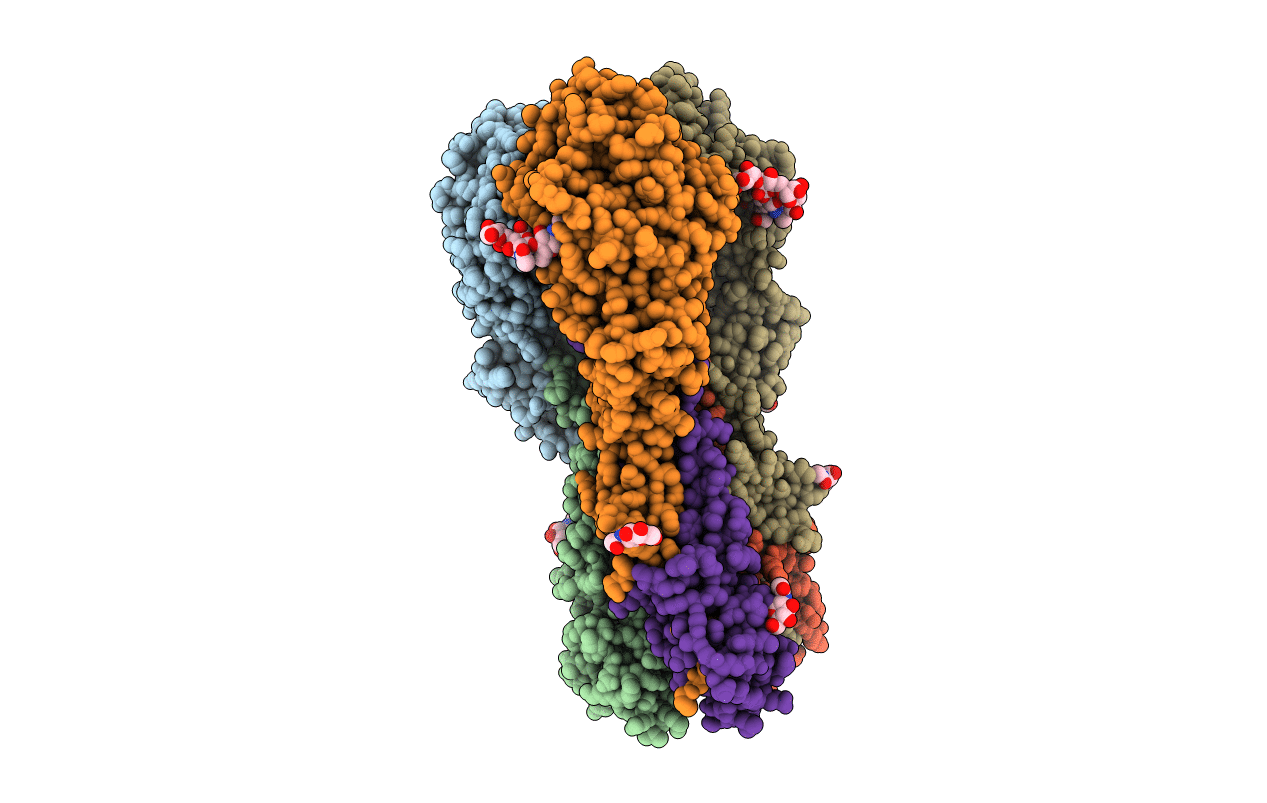
Deposition Date
2012-09-04
Release Date
2012-12-19
Last Version Date
2024-10-09
Entry Detail
PDB ID:
4GXX
Keywords:
Title:
Crystal structure of the "avianized" 1918 influenza virus hemagglutinin
Biological Source:
Source Organism:
Influenza A virus (Taxon ID: 88776)
Host Organism:
Method Details:
Experimental Method:
Resolution:
1.80 Å
R-Value Free:
0.20
R-Value Work:
0.18
R-Value Observed:
0.18
Space Group:
P 1 21 1


